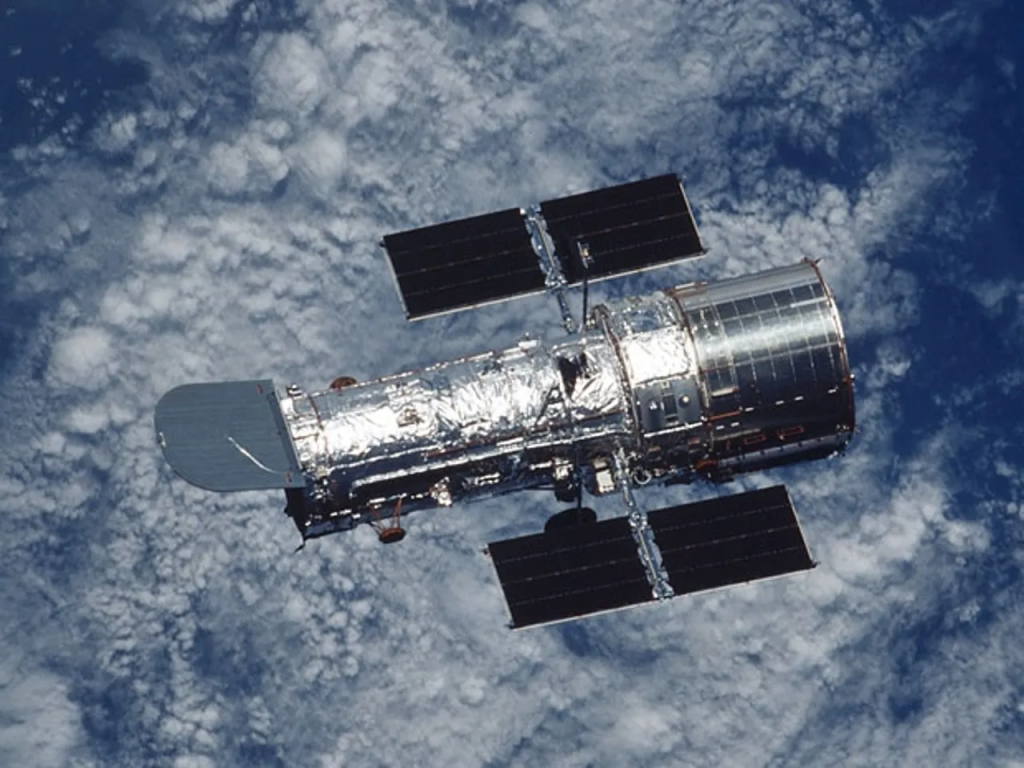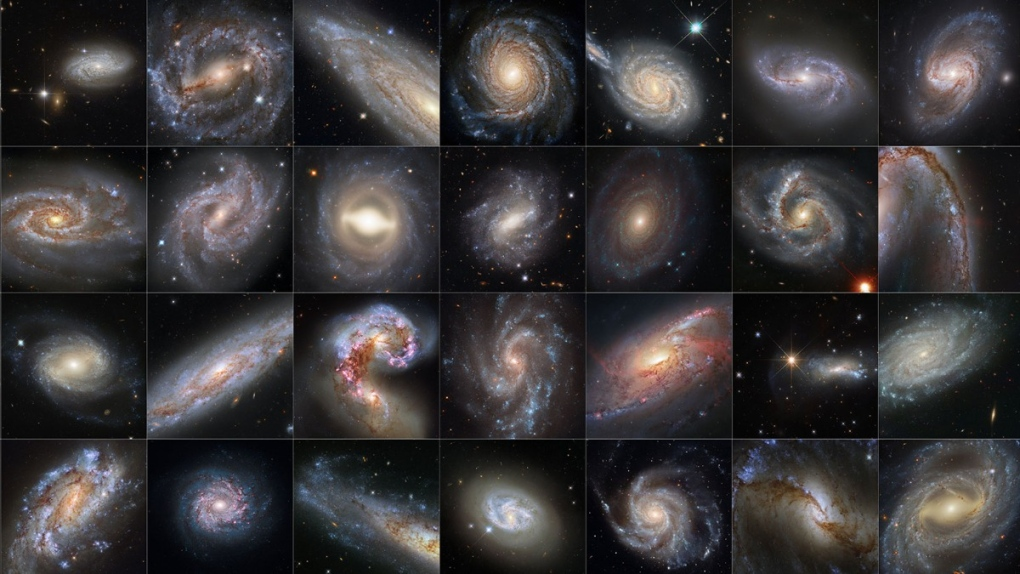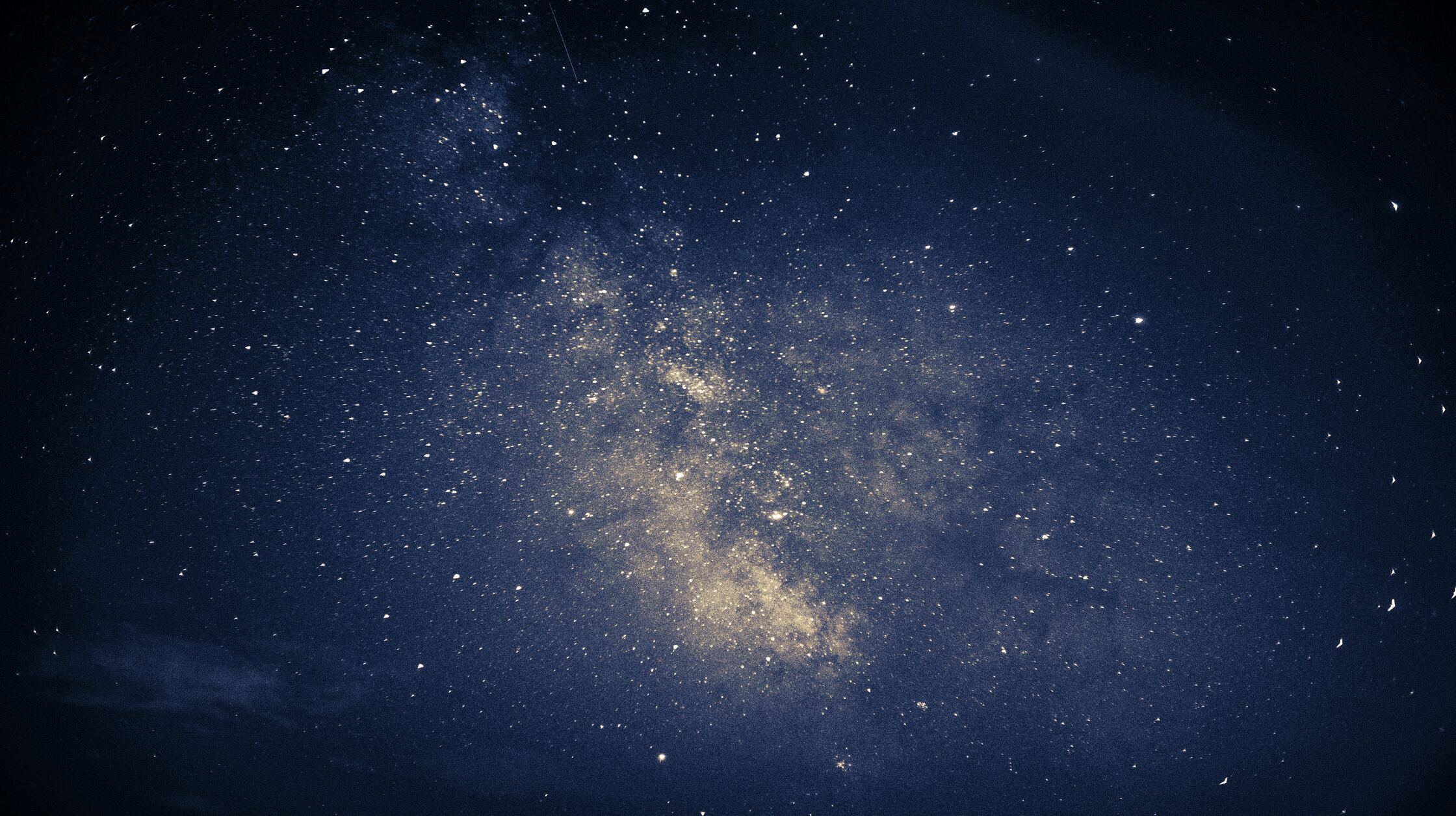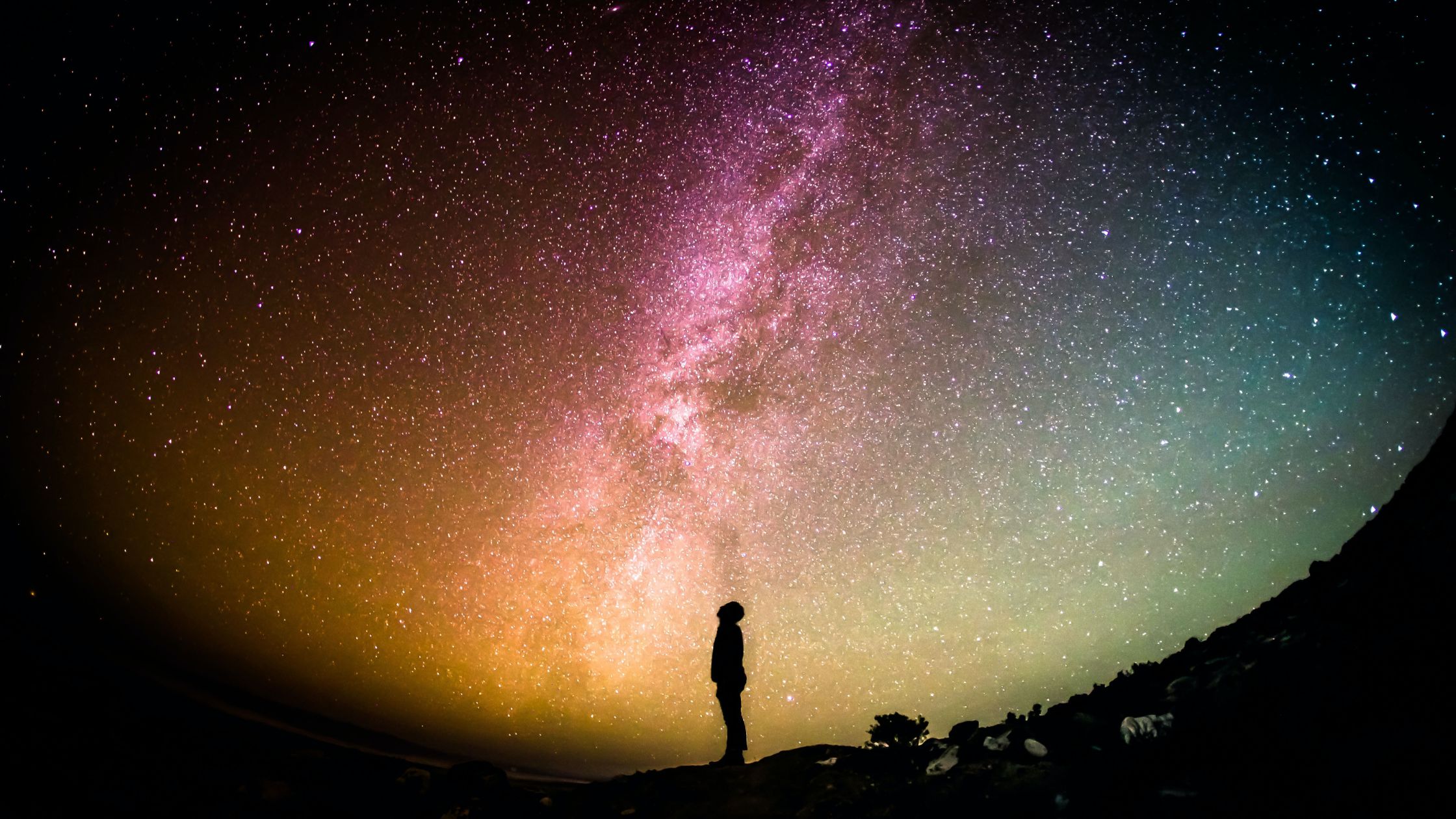The cosmos continues to enthrall and astound us with its mysteries, and thanks to the combined efforts of NASA/ESA Hubble Space Telescope, astronomers are inching closer to unlocking the enigma of intermediate-sized black holes. These cosmic phenomena, neither as small as the typical black holes nor as gargantuan as the supermassive ones, have long posed questions to scientists.

Recently, while studying the heart of the globular star cluster known as Messier 4 (M4), astronomers unearthed an intriguing candidate for this intermediate class of black holes.
Understanding Black Holes: The Middle Ground Mystery
Black holes are space-time singularities, exerting an irresistible gravitational pull. Known varieties include stellar black holes, several times heavier than our Sun and spread across our galaxy, and supermassive black holes, which possess a mass equivalent to millions or even billions of our Sun, habitually found in galactic centers.
However, the existence and nature of intermediate-mass black holes, weighing anywhere between 100 to 100,000 times our Sun’s mass, have eluded scientists for years. Their formation, usual haunts, and scarcity form the core of these cosmic conundrums.
Over time, astronomers have detected potential intermediate-mass black holes through different observational methods. These include two noteworthy candidates—3XMM J215022.4-055108 and HLX-1—both found on the periphery of galaxies and boasting masses tens of thousands of times heavier than our Sun. These impressive cosmic entities might have once served as the gravitational center for dwarf galaxies.

Closer home, scientists have hypothesized the presence of intermediate-mass black holes within globular star clusters orbiting our Milky Way. For example, in 2008, using the Hubble Space Telescope, astronomers suggested an intermediate-mass black hole might be lurking within the globular cluster Omega Centauri. However, owing to limited data and alternative theories, the evidence wasn’t convincing enough—until now.
A Hidden Behemoth in Messier 4
Equipped with the extraordinary capabilities of the Hubble Space Telescope, a research team led by Eduardo Vitral from the Space Telescope Science Institute has embarked on an unparalleled hunt for black holes. Their target: the core of the globular star cluster Messier 4 (M4). Detailed scrutiny of a dozen years’ worth of Hubble observations led them to a promising candidate for an intermediate-mass black hole, concealed from plain sight but betrayed by the movements of nearby stars.
The swirling motion of stars entrapped by the colossal gravitational pull of the hidden black hole offers crucial evidence of its existence. By accurately measuring these stellar movements, astronomers estimate the black hole’s mass to be around 800 times that of our Sun. This monumental discovery would not have been possible without the unrivaled precision of the Hubble Space Telescope.
To bolster their case, the researchers examined data from ESA’s Gaia spacecraft, which tracked over 6000 stars within the cluster, thereby refining the cluster’s structure and mass. The combined data from Hubble and Gaia dismiss alternative theories such as clusters of unresolved stellar remnants or smaller black holes. Instead, the evidence points towards a single intermediate-mass black hole.
Although this suspected black hole cannot be definitively labeled as the core gravitational point, it’s evident that it is incredibly compact, residing in a region three times smaller than any previously identified dense mass in other globular clusters. Vitral suggests that this extraordinary compactness challenges current physics models concerning clusters of black holes, neutron stars, and white dwarfs.

“By analysing the latest data from Gaia and Hubble, it’s challenging to distinguish between a group of dark stellar remnants and a singular, larger point-like source,” notes Vitral. “Therefore, a plausible theory is that this dark mass could be a solitary, medium-sized black hole.”
If the object under investigation does not turn out to be an intermediate-mass black hole, it would require an astonishing concentration of 40 smaller black holes packed into an area only one-tenth of a light-year across to justify the observed stellar movements. Such an arrangement would result in continuous mergers and ejections—a cosmic game of celestial pinball.
The road to understanding intermediate-mass black holes is a gradual one, each discovery pushing us closer to confirming their existence. Gaia mission scientist Timo Prusti underscores the importance of the data from Gaia Data Release 3 and the potential of future releases and studies by Hubble and James Webb Space Telescopes in solving this cosmic puzzle.
“Science seldom involves a sudden discovery. It’s more about gaining confidence in a conclusion, one step at a time. This could be one such step towards confirming the existence of intermediate-mass black holes,” explains Prusti.
“The data from Gaia Data Release 3 on the proper motion of stars in the Milky Way were crucial in this study. Future Gaia Data Releases, coupled with further studies from the Hubble and James Webb Space Telescopes, promise to cast more light on this cosmic conundrum.”








